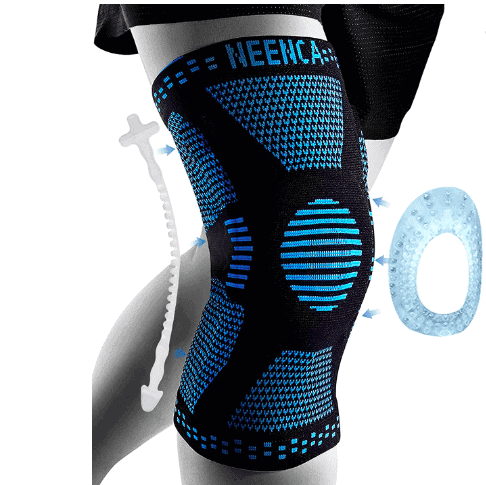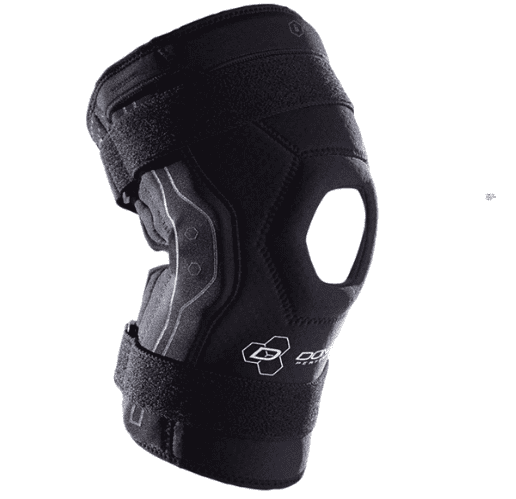Knee Brace for Skiing
- Outside Ankle Pain: Running, Standing, Walking - February 14, 2024
- Plantar Fasciitis Taping - January 30, 2024
- Peroneal Tendonitis Taping - January 30, 2024
How does a Knee Brace for Skiing Help?
Knee braces for skiing help by providing your knee more support after an injury or they can be used to help prevent injury. They range from simple elasticated knee sleeves all the way to structured, professionally fitted knee braces.
It can be daunting to decide which one to get if you need one. Throughout this article, we will explain the best types of knee brace for skiing so you can make an informed choice, but remember that a brace for skiing is not a substitute for knee rehabilitation and ski fitness.
Flawless Physio (flawlessphysio.co.uk) participates in the Amazon Services LLC Associates Program, an affiliate advertising program designed to provide a means for sites to earn advertising fees by advertising and linking to Amazon.com. Earnings allow us to create helpful content, such as this page, without affecting the price of the products we recommend. We ask that you use our links if you purchase a knee brace.
When is a knee brace for skiing useful?
You may need a more advanced knee brace if you have sustained a knee injury such as an MCL or ACL tear. It can also be helpful for a previous meniscus injury. You may also need a brace for skiing after knee surgery to provide extra support and stability.
If you suffer from long-standing knee pain due to osteoarthritis, you may find a knee helpful brace to help manage your symptoms while you ski and to reduce post-skiing soreness.
A more simple brace may be indicated if you are an athlete with knee pain that bothers you during physical activity.
Related Article: Top 5 Mistakes After Knee Replacement
Best Knee Braces for Skiing
Compressive Ski Knee Brace
The Neenca compressive sleeve is a good option for those who need little support but would benefit from the compression that increases proprioception and awareness of the knee’s position.
This is a slim brace and doesn’t feel bulky to wear under clothing. It is also breathable and easy to wash.
The springs on the knee’s side help reduce excess knee bend and help you feel more in control.

DonJoy Performance Bionic
The DonJoy Performance Bionic is a supportive knee brace for skiing. It has short sidebars to provide stability without feeling cumbersome. It has been designed for sports, so it is made of sweat-wicking material and can be easily washed. It also has a non-slip design to keep it in position.
The Donjoy Performance Bionic is more robust and structured support than the Neenca and is often used by individuals with mild arthritis. The bars on the side help to reduce the stress on the ACL and Lateral Ligaments.

Bauerfeind GenuTrain S
The Bauerfeind GenuTrain S is a long brace with hinged side bars for good lateral stability and support. It has been designed to be used for sport, so it is flexible and provides some compression to increase proprioception. It is, therefore, a very good knee brace for skiing.
It is on the higher end of the price range. It is fully washable and durable, so it can be used for many seasons on the slopes as well as for summer sports.
It is one of the most supportive knee braces for skiing, but it is still relatively slim and lightweight. We recommend this to a lot of our patients who have recovered from an MCL or ACL injury.

Buy Bayerfeind Brace on Amazon
__________________________________
We are specialists in treating foot conditions such as arthritis in the big toe joint and have experts in knee conditions in our clinic in Fulham, South West London. We also run a specialist Biomechanics and Custom Orthotics Service.
Related Articles:
Cross-Country Skiing Following Total Hip Replacement – How Long After Total Knee Replacement before Skiing? – 4 Great Pre-ski Exercises
